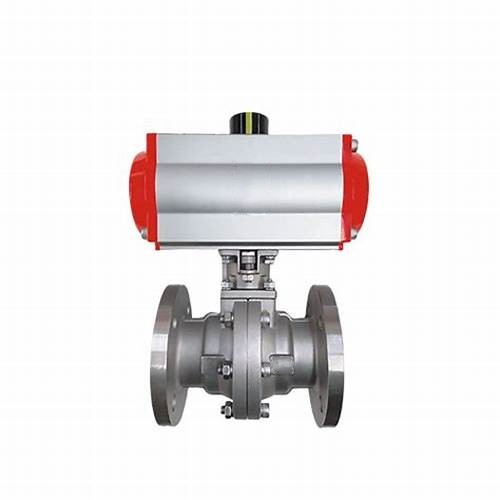butterfly valve manual actuator
Understanding Butterfly Valve Manual Actuators
Butterfly valves are widely used in various industries for controlling fluid flow. Their simple design, efficiency, and ease of operation make them popular choices for a range of applications, from water management to chemical processing. Among the various methods of actuation, manual actuators for butterfly valves provide a reliable and straightforward means of control without the complexity or maintenance needs associated with automated systems.
What is a Butterfly Valve?
Before exploring manual actuators, it's essential to understand what a butterfly valve is. This type of valve consists of a circular disc that pivots within the pipe, regulating the flow of the fluid when the disc rotates. When the valve is fully open, the disc is parallel to the flow, creating minimal resistance. Conversely, when the valve is closed, the disc is perpendicular to the flow, effectively cutting off the fluid.
The Role of Manual Actuators
A manual actuator is a device used to operate the valve by hand. Unlike electric or pneumatic actuators, which require external power sources, manual actuators are operated by mechanical means. Common types include handwheels, levers, and chain wheels.
The main advantage of manual actuators is their simplicity. They are generally less expensive than automatic systems, making them an attractive option for smaller installations or where the flow requirements are not excessively demanding. Also, manual actuators allow the operator to have direct control over the valve, providing the ability to quickly adjust the fluid flow as needed.
Components of a Manual Actuator
1. Handwheel/Lever The most common type of manual actuator uses a handwheel. Turning the wheel rotates the valve disc, allowing the operator to regulate the flow. Levers provide a mechanical advantage, enabling easier manipulation of larger valves.
butterfly valve manual actuator

2. Gearbox In larger applications, a gearbox may be incorporated to facilitate smoother operation, transforming the rotational motion into a higher torque output. This is particularly important for heavy-duty butterfly valves that require significant force to operate.
3. Stem and Trunnion The actuator connects to the valve body via a stem, which transfers the motion from the actuator to the disc. In butterfly valves, a trunnion-mounted design is used to support the disc, ensuring stability and durability.
Installation and Maintenance
Installing a manual actuator requires careful alignment with the butterfly valve to ensure proper function. It is crucial to follow the manufacturer's guidelines for installation to prevent mechanical issues. Regular maintenance is also necessary to keep the actuator and valve functioning optimally. This includes checking for wear on the handwheel or lever, ensuring that the stem is clean and lubricated, and making sure that no debris obstructs the valve's movement.
Advantages of Manual Actuation
- Cost-Effectiveness Manual actuators are typically less expensive than automated counterparts, reducing overall project costs. - Simplicity and Reliability With fewer components and no reliance on electricity or compressed air, manual systems can be more reliable in certain applications where power availability is a concern. - Operator Control Manual actuation allows for immediate adjustments, making it easier to respond to changing flow conditions quickly.
Conclusion
Butterfly valve manual actuators offer a versatile, reliable solution for controlling fluid flow in various applications. Understanding how these actuators function and their benefits can help you make informed decisions regarding the systems that best meet your operational needs. As industries continue to balance automation with the desire for control, manual actuators remain a fundamental component of valve operation, combining reliability with practical functionality. Whether in a municipal water project or a chemical processing plant, the choice of a manual actuator can lead to efficient and effective flow management.
-
High-Security Lockable Gas Valve - Tamper-Proof ControlNewsAug.30,2025
-
Reliable Hydraulic Valves for Efficient Fluid ControlNewsAug.29,2025
-
Reliable Electric Actuators for Industrial Valve AutomationNewsAug.29,2025
-
Premium Line Blind Valves for Secure Pipeline IsolationNewsAug.29,2025
-
Premium Electric Valves for Smart Fluid Control SolutionsNewsAug.29,2025
-
Precision Balanced Valves for Optimal System PerformanceNewsAug.29,2025
-
Heavy-Duty Flanged Butterfly Valves for Water SystemsNewsAug.29,2025




